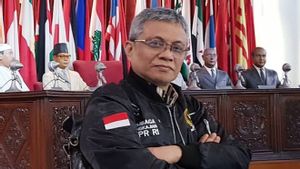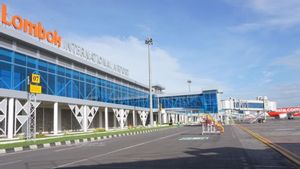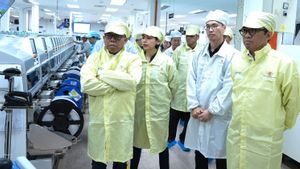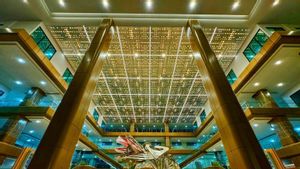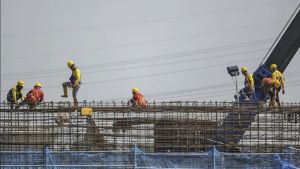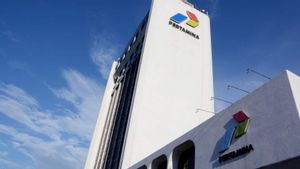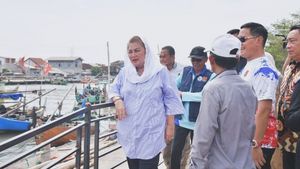Coordinating Minister for Economic Affairs Airlangga Hartarto said that the investment realization in the first semester of 2024 was quite good because it reached IDR 829.9 trillion, an increase of 22.3 percent compared to the same period the previous year.
"Yes, of course it's good, the name goes up, it's good," he explained to the media crew, Monday, July 29.
In addition, Airlangga said that in recent years there has been a significant flow of investment in the Steel industry which is an industry that requires large investment in capital assets, but this has not been accompanied by the realization of job creation directly.
"The last investment we saw was all in the steel industry. Steel is an industry that is capital intensive," he said.
Therefore, Airlangga said that it is necessary to continue to develop labor-intensive industries in addition to capital-intensive industries, such as the textile and fashion industries. This step is necessary considering the realization of incoming investments focuses on capital-intensive industries.
"So it must be accompanied by labor-intensive (intensive) investment," he said.
Airlangga said the government is developing a semiconductor industry in the country and is entering the last phase, namely testing in the form of testing and manufacturing.
"One of the intensive laboratories is related to semiconductors but in the last phase, testing and manufacturing. Now, we are continuing to encourage this," he said.
To support the capital-intensive industry, Airlangga said the government had prepared polytechnics, to support the smelter in Morowali, Central Sulawesi, the government established the Morowali Metal Industry Polytechnic.
"Well, when we were in the industrial (minister) we built polytechnics in Morowali. We also have to build, for example, petrochemicals in Cilegon, Banten," he said.
Chairman of the Indonesian Employers' Association (Apindo) Shinta W. Kamdani highlighted the quality and productivity of workers resulting from investment. In his presentation, during the last five years the amount of investment has not reflected labor absorption.
SEE ALSO:
In 2019, the realization of investment entering Indonesia of IDR 809.2 trillion was able to absorb 1,033,835 workers or 1,277 workers per trillion. A year later, 2020, the investment realization of IDR 826.3 trillion was able to absorb 1,156,361 workers or 1,371 workers per trillion.
In 2021, investment of IDR 901 trillion will produce 1,207,893 workers or 1,340 workers per trillion. In 2022, investment of IDR 1,207 trillion absorbs 1,305,001 workers or 1,081 workers per trillion. Meanwhile, in 2023, investment of IDR 1,418, 9 trillion entered resulted in 1,823,543 workers or 1,285 workers per trillion.
In fact, in 2013, with an investment of IDR 398.3 trillion, the resulting jobs could absorb 1,829,950 workers. The tendency to reduce labor absorption is only a quarter in just nine years," wrote Shinta.
The English, Chinese, Japanese, Arabic, and French versions are automatically generated by the AI. So there may still be inaccuracies in translating, please always see Indonesian as our main language. (system supported by DigitalSiber.id)




